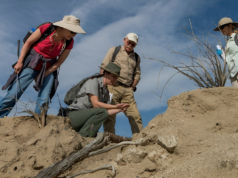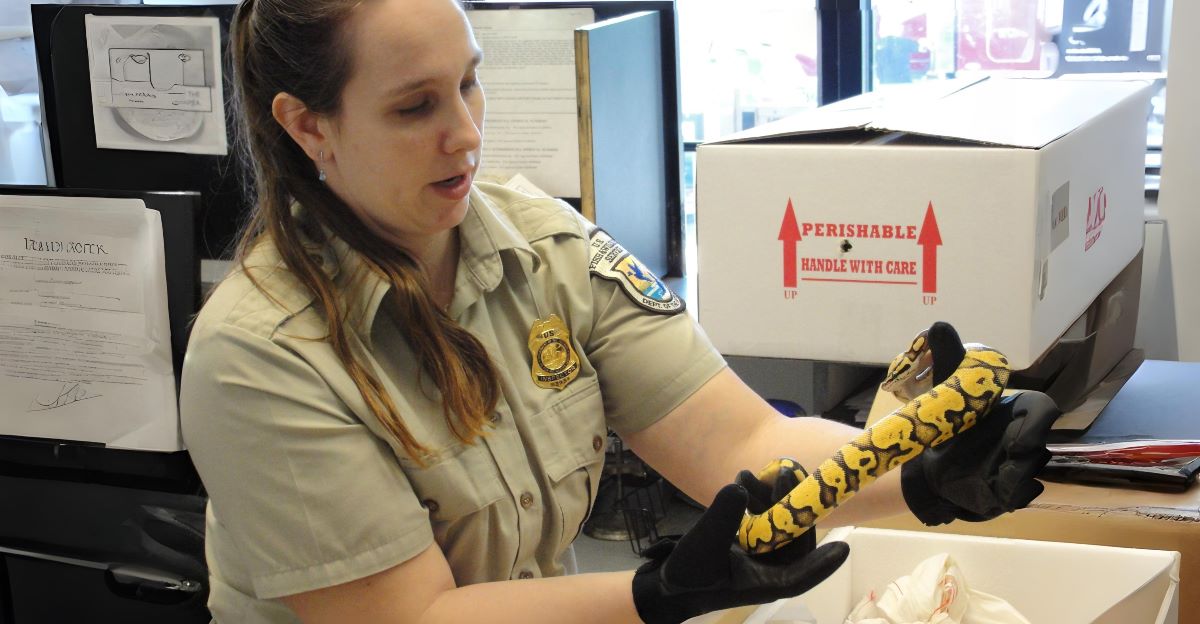
Hartsfield-Jackson Atlanta International Airport, known for its bustling terminals and global connections, has taken on an unexpected role: a frontline in the battle against wildlife trafficking. The airport’s strategic location and high volume of international flights make it a prime target for smugglers attempting to move illegal wildlife products.
In recent years, authorities have intercepted a variety of illicit cargo, from exotic reptiles hidden in luggage to rare animal parts concealed within shipments. These discoveries highlight the airport’s significance in global trafficking networks.
The efforts of dedicated wildlife inspectors and collaborative partnerships have been instrumental in identifying and halting these illegal activities, showcasing Atlanta’s commitment to combating this global issue.
The Hidden Cargo in Everyday Luggage
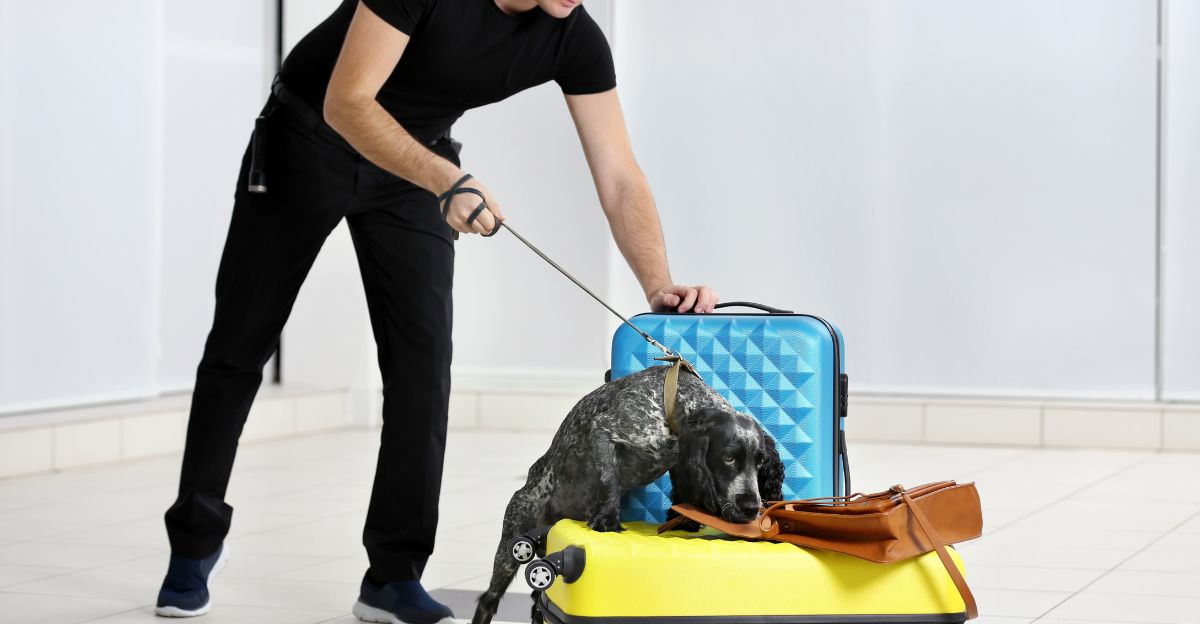
Smugglers often employ ingenious methods to transport illegal wildlife through airports. In one notable case, red-tailed boa constrictors were discovered coiled inside a hollow-body guitar, cleverly concealed to evade detection. The passenger claimed ignorance, suggesting the snakes had slithered in unnoticed.
Such incidents underscore the creativity of traffickers and the challenges faced by enforcement agencies. Everyday items like musical instruments, food containers, and clothing are repurposed to hide live animals or prohibited products.
These deceptive tactics require constant vigilance and advanced screening techniques to identify and intercept contraband before it reaches its destination.
The Rare Skinks and Their Journey
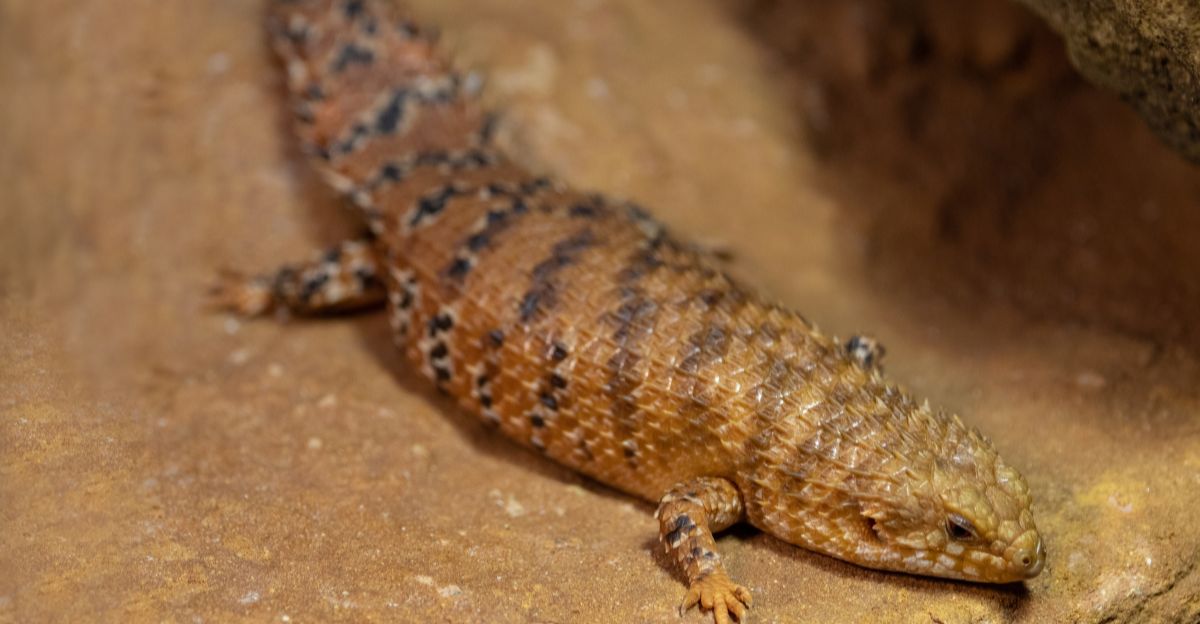
In a remarkable case, U.S. residents attempted to import eastern Pilbara spiny-tailed skinks, a rare species native to Australia. These lizards had been illegally acquired in Germany and were en route to the United States when intercepted by wildlife inspectors.
Australia prohibits the commercial export of its native reptiles, making the importation of these skinks into the U.S. illegal. Upon seizure, the skinks were transferred to Zoo Atlanta, where they thrived and contributed to conservation efforts through successful breeding programs.
This incident highlights the importance of international cooperation and strict enforcement in protecting endangered species from exploitation.
The Dedicated Team Behind the Scenes
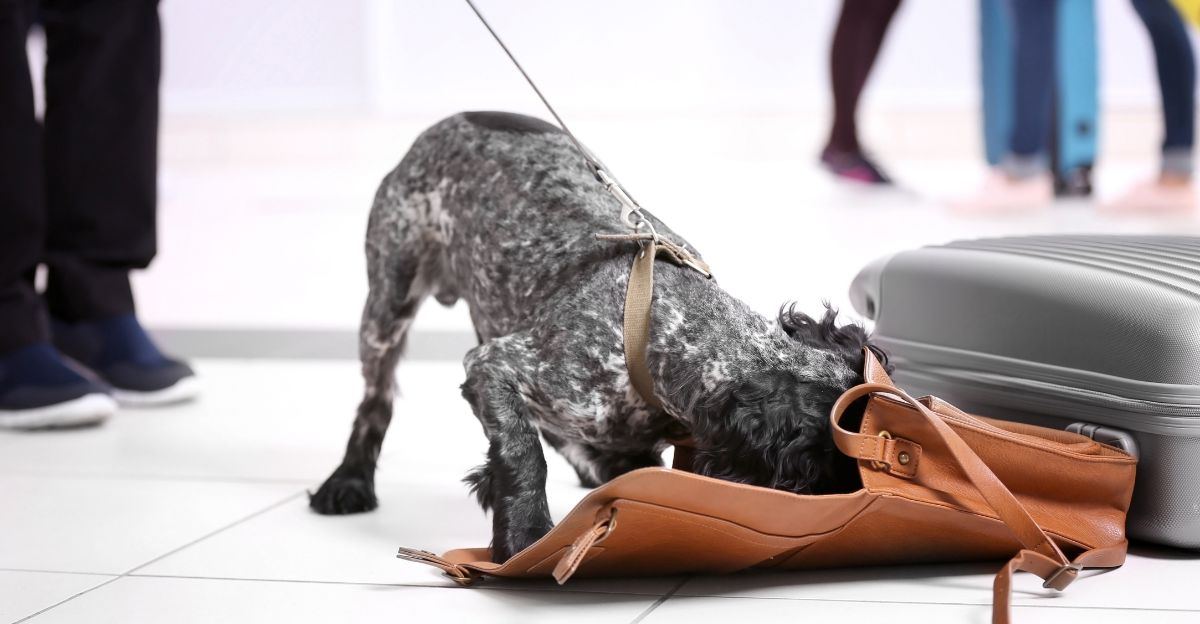
At Atlanta’s port of entry, a small but dedicated team of wildlife inspectors works tirelessly to combat trafficking. With only three inspectors on staff, they are responsible for monitoring commercial cargo, express shipping, and passenger luggage for illegal wildlife.
Despite limited resources, their efforts have led to significant seizures and the protection of numerous species. Collaboration with organizations like Zoo Atlanta and the Georgia Aquarium ensures that confiscated animals receive proper care and rehabilitation.
The team’s commitment exemplifies the critical role that dedicated individuals play in addressing complex global issues at the local level.
The Global Scale of Wildlife Trafficking
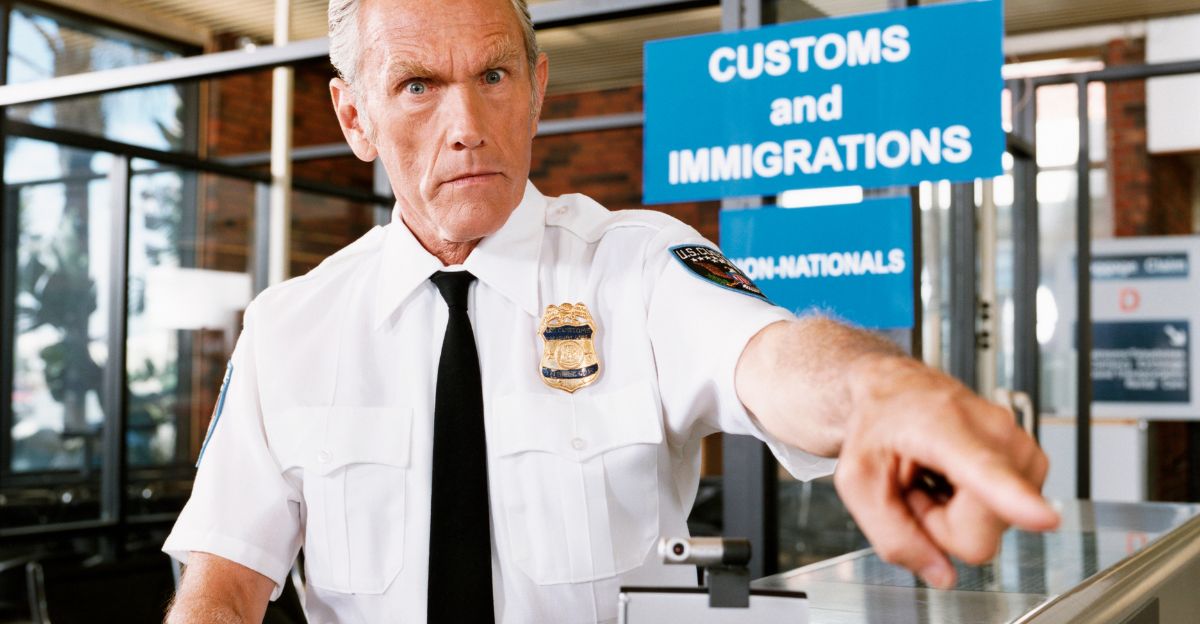
Wildlife trafficking is a lucrative global enterprise, estimated to generate up to $20 billion annually. Airports serve as critical nodes in these illicit networks, facilitating the rapid movement of contraband across borders.
Traffickers exploit vulnerabilities in the aviation system, using sophisticated methods to conceal illegal goods. The diversity of trafficked items ranges from live animals to exotic leather products and traditional medicines.
Combating this issue requires a coordinated international response, encompassing law enforcement, policy development, and public awareness campaigns to disrupt the supply chains and demand driving this illegal trade.
Collaborative Efforts and Partnerships
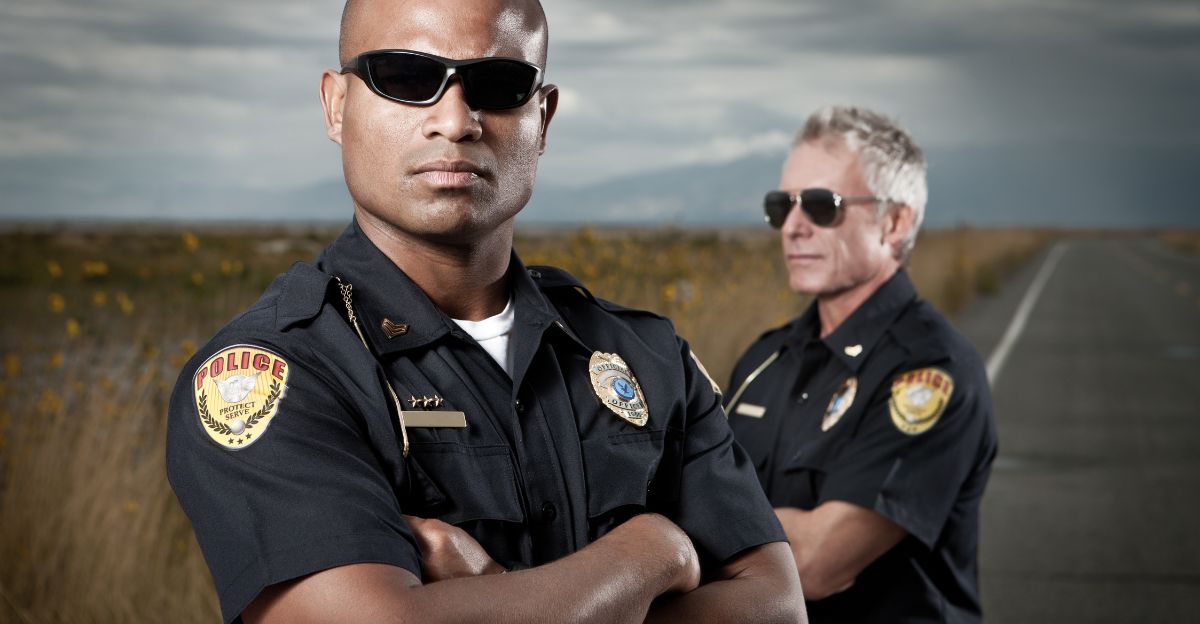
Addressing wildlife trafficking necessitates collaboration among various stakeholders. Partnerships between airport authorities, law enforcement agencies, conservation organizations, and the private sector are essential.
Initiatives like the ROUTES Partnership aim to enhance the capacity of the aviation industry to detect and prevent wildlife trafficking. Training programs, information sharing, and the implementation of best practices contribute to more effective enforcement.
By working together, these entities can create a unified front against traffickers, ensuring that airports are not unwitting conduits for illegal wildlife trade.
Technological Innovations in Detection

Advancements in technology have bolstered efforts to detect and intercept wildlife trafficking. Enhanced screening equipment, data analytics, and artificial intelligence are increasingly employed to identify suspicious patterns and cargo.
For instance, X-ray scanners can reveal concealed animals or products, while algorithms analyze shipping data to flag high-risk consignments. These tools augment the capabilities of inspectors, allowing for more targeted and efficient interventions.
Continued investment in technological solutions is vital to staying ahead of traffickers who constantly adapt their methods to evade detection.
Public Awareness and Education
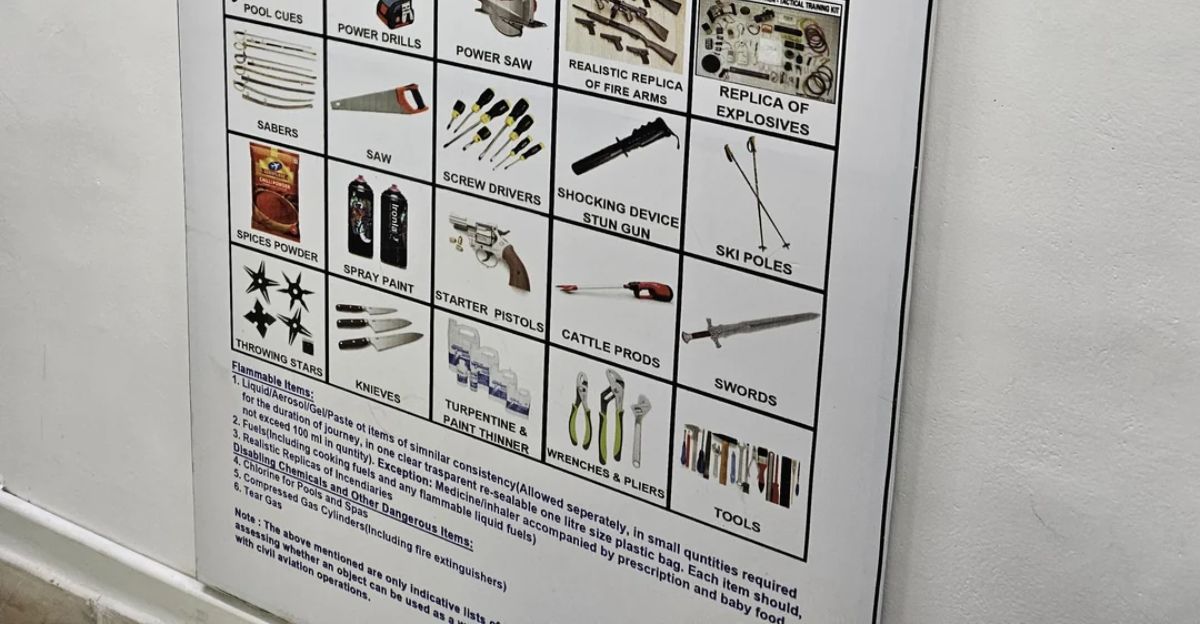
Raising public awareness is a crucial component in the fight against wildlife trafficking. Educating travelers about the consequences of purchasing illegal wildlife products can reduce demand and discourage participation in the trade.
Airports have implemented informational campaigns, displaying signage and distributing materials that inform passengers about prohibited items and the importance of biodiversity conservation.
By fostering a culture of responsibility and awareness, individuals become active participants in preventing the exploitation of wildlife.
Policy and Legislative Measures

Robust legal frameworks are essential for deterring wildlife trafficking. Laws like the Lacey Act in the United States prohibit the trade of illegally sourced wildlife and impose penalties on violators.
International agreements, such as the Convention on International Trade in Endangered Species (CITES), provide a global structure for regulating wildlife trade and protecting endangered species.
Effective enforcement of these laws, coupled with regular updates to address emerging threats, ensures that legal measures remain a formidable barrier against trafficking activities.
A Collective Responsibility
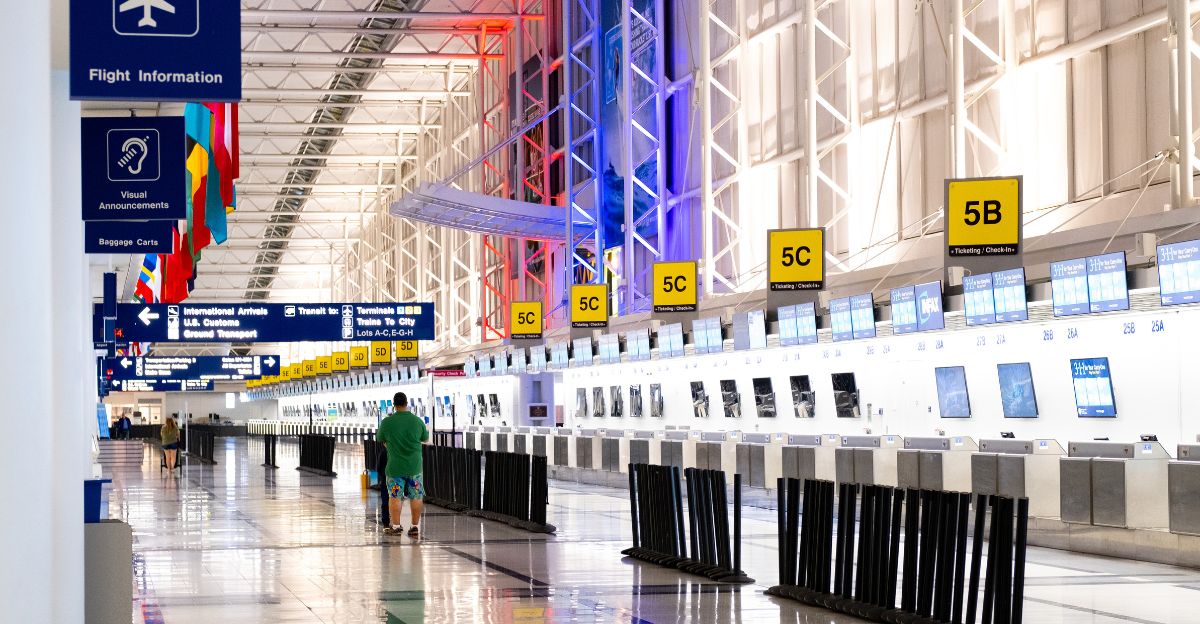
The battle against wildlife trafficking is a collective endeavor that requires the commitment of individuals, organizations, and governments. Airports like Atlanta’s Hartsfield-Jackson serve as critical battlegrounds where vigilance and cooperation can make a significant impact.
By supporting enforcement efforts, promoting awareness, and advocating for strong policies, we contribute to the preservation of our planet’s biodiversity.
Every intercepted shipment and informed traveler brings us closer to a world where wildlife thrives free from the threat of illegal trade.
Explore more of our trending stories and hit Follow to keep them coming to your feed!

Don’t miss out on more stories like this! Hit the Follow button at the top of this article to stay updated with the latest news. Share your thoughts in the comments—we’d love to hear from you!


